Data Innovation Summit turns five next March. Along the way, we have had fantastic speakers unselfishly sharing their knowledge on stage with their peers. Without them, this journey would be impossible.
This interview is part of an interview series dedicated to humanising Data and AI innovation and celebrating speakers who have presented at the Data Innovation Summit. The emphasis lies on the Data/AI people/practitioners, their professional journey and their stories.


Gaming development has made large leaps thanks to data and analytics during the past several years. In that regard, AI and data are used to improve online video games on a daily basis, and the gaming industry provides a prolific landscape for AI to develop its capabilities
Dylan Tredrea, former Director of Product Management at Rovio Entertainment, and currently the Head of Publishing at ZeptoLab, presented on data-driven iterative development in the gaming industry and its business impact on the on a firm’s value and growth at Data Innovation Summit 2018. We talked to him about how much stuff has changed with games and the gaming industry.
Hyperight: Hi Dylan, it’s great to catch up again! You were one of the speakers at Data Innovation Summit 2018. Just to refresh our memories, please tell us a bit about yourself and the company you are coming from.
Dylan Tredrea: Currently, I’m the Head of Publishing at Zeptolab where I’m responsible for finding talented, external game developers to make games with Zeptolab’s IP- primarily Om Nom from the Cut the Rope franchise. I’ve worked in game development for many years mostly in product management or analysis roles.
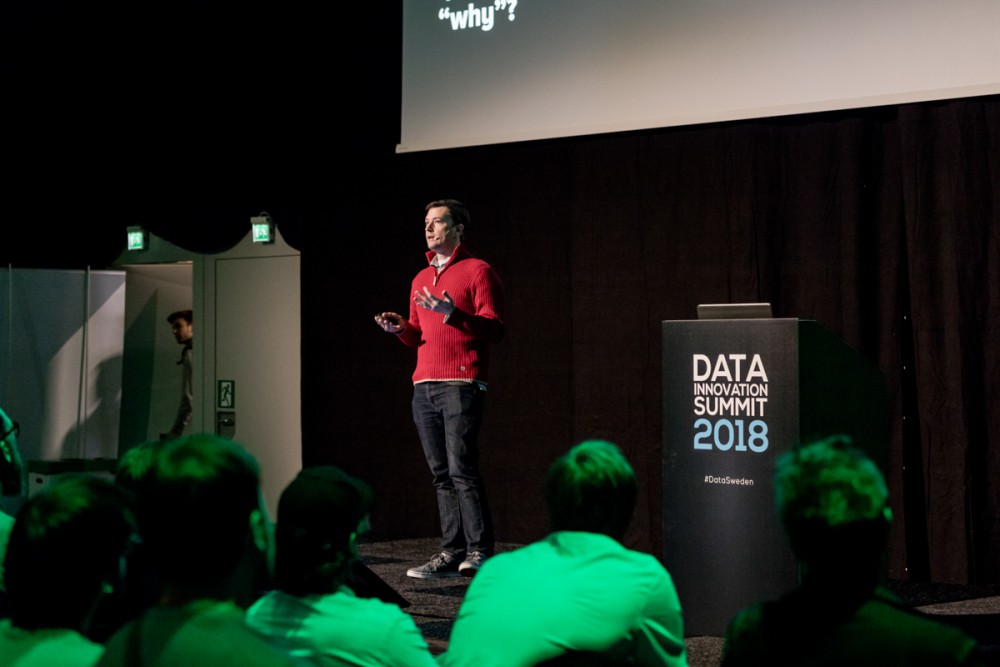

Hyperight: Next year we are celebrating our 5th anniversary. A lot has changed with data and advanced analytics during these 5 years. From your point of view, where do we see the biggest changes and advancements with AI and data we have had?
Dylan Tredrea: In games, AI and data are very different questions. Only a tiny portion of game development teams are working directly with AI. There are certainly some really strong use cases, but it’s limited to extremely successful organizations with a very specific focus. For example, a large, successful casual game developer will use AI to ‘instantly’ play a new match-3 level 100,000 times so designers can iterate quickly against this huge distribution of outcomes rather than relying solely on their judgement or small, irregular pools of testers.
Data on the other hand quickly became something that virtually every game studio is relying on. The vast majority of the improvements in the past 5 years have been ‘offline’ though in that they have come from better teams, processes, and methodologies. A huge portion of data work is just high school math and excel which will likely never change, but there will always be huge wins for studios that do a much better job of bringing the right people together with the right processes utilizing the best methodologies.
Hyperight: In your Data Innovation 2018 presentation, you discussed data-driven iterative development in the gaming industry. How much has changed since 2018 regarding data-driven game development and where do we see the biggest impact?
Dylan Tredrea: The biggest change, and it’s been a big one, is the growth of very small games which monetize almost solely through ads. We call them ‘hypercasual games.’ Virtually no one, myself included, would have told you a couple of years ago this would be an enormous growth vector for the industry.
The growth of hypercasual games came from a huge shift in thinking: you can validate a game with only a core mechanic and, well, not very high-quality art. A couple of years ago, and probably even still at a few places today, you would be told you can’t validate anything unless you’re testing the whole game. Now we know it’s not that simple: some games you can test with a couple of weeks of development, some games require months or even years, as with everything it just depends.
That’s just one example but the past couple years have been a flurry of lessons about how working with data requires really strong people, processes, and methodologies. If there’s any way to sum up the progress of the past couple years it’s that we’re realizing we rushed really fast into data processes without having the appropriate discipline, process, and decision-making management. As a result, we’ve been missing out on A LOT of the value data has to offer.
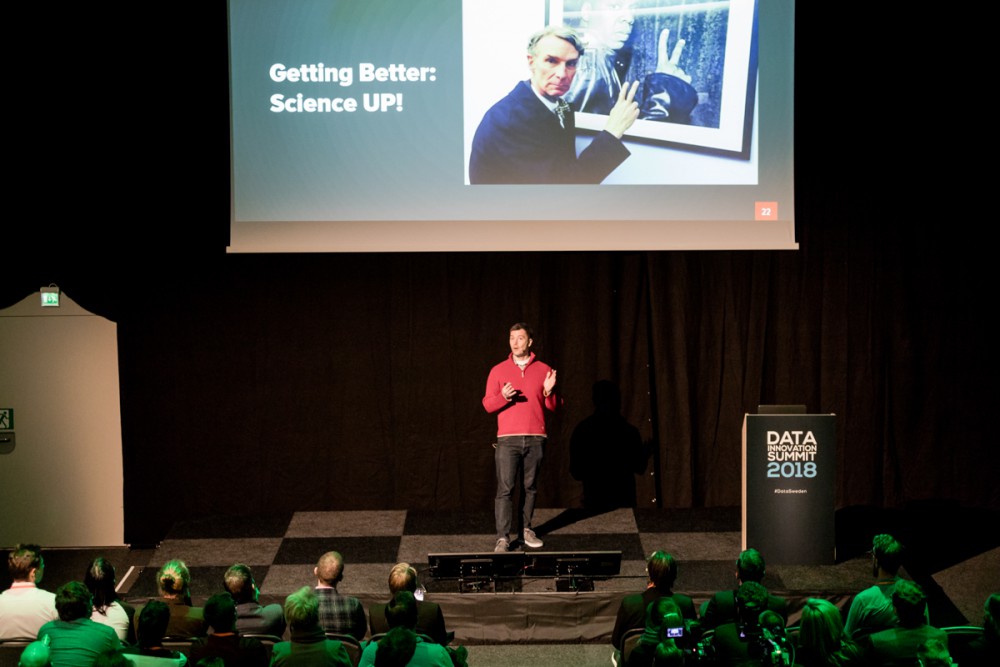

Hyperight: Regarding the challenges with data-driven game development, are game developers still struggling with the same challenges? Or does more advanced technology come with even greater challenges in data-driven development?
Dylan Tredrea: The hardest part is still the same part: what do you do when you have a pile of data, a pile of ideas, a room full of clever people, and no clear answer on which of those ideas on the table is really the best priority. The leaders & teams that do the best in that situation are still the ones delivering big wins. The tools & tech have certainly gotten a bit better, but simply focusing on the ‘boring’ stuff of people, process, and methodology is still the best use of most studio leadership’s energy.
Data quickly became something that virtually every game studio is relying on.
Hyperight: Dylan, we constantly read about how AI is learning to win at video games and how AI is used to advance the video gaming experience. What are your future outlooks regarding AI and data in the game development industry for 2030?
Dylan Tredrea: 2030 is quite far away. Heck, 5 years is really far away in our industry. I will attempt to make a bit of a bold claim though in saying that most game development teams will not be working directly with AI in 5 or even 10 years. The reason for this is AI is a powerful, but an iterative tool. It can certainly do a better job than a person of playing a match-3 level 1 million times to give a distribution of outcomes or testing IAP price points across the many territories in the world, but when it comes to creating new experiences that provide players with meaningful, delightful choices that will always require the human touch.
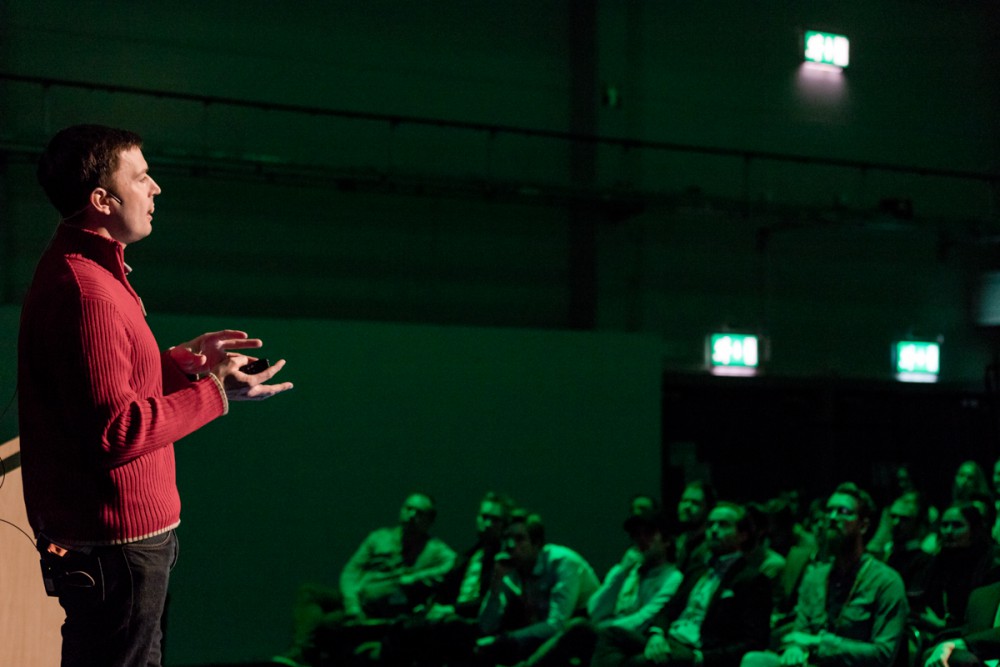


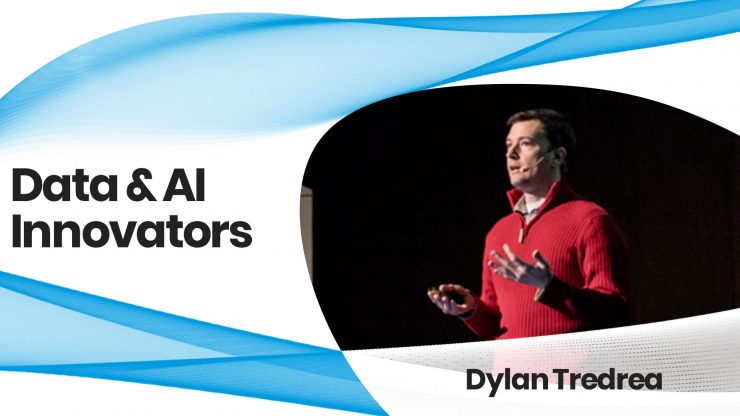
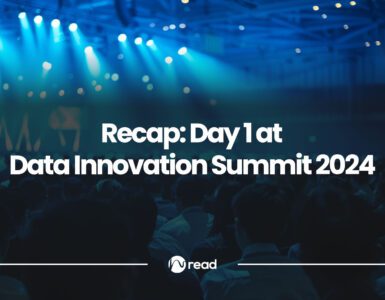











Add comment